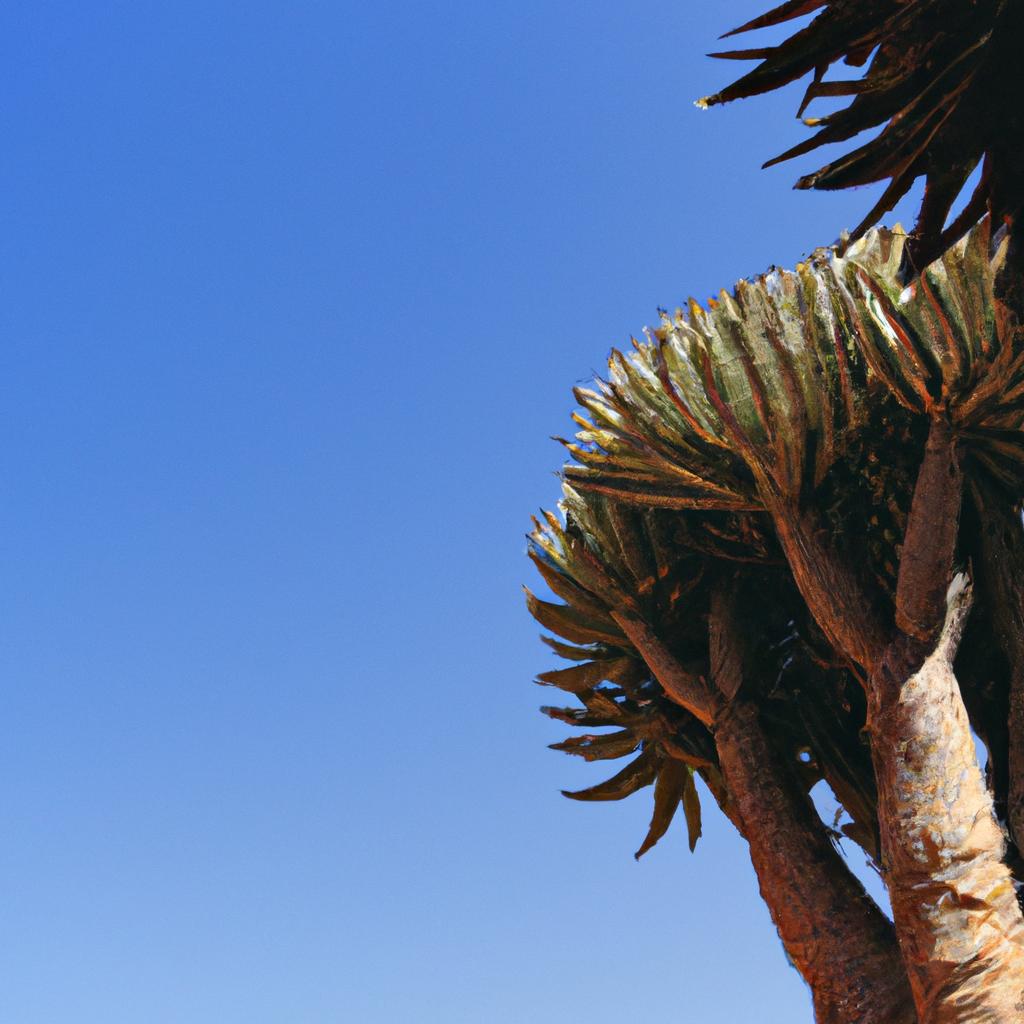Dragons Blood Tree, with its extraordinary appearance and cultural significance, is truly a marvel of nature. This resilient tree has managed to survive in harsh conditions for thousands of years, making it a symbol of resilience. In this article, we will delve into the history, characteristics, and cultural significance of this remarkable tree, as well as the efforts being made to preserve it.
Preserving the Dragons Blood Tree is crucial, as it is not just a plant, but an integral part of our ecosystem. It has been a vital contributor to the environment for thousands of years, playing a significant role in maintaining ecological balance and biodiversity. Furthermore, its resin has been used in traditional medicine, making it an essential component of traditional healing practices.
The Origin and Habitat of Dragons Blood Tree
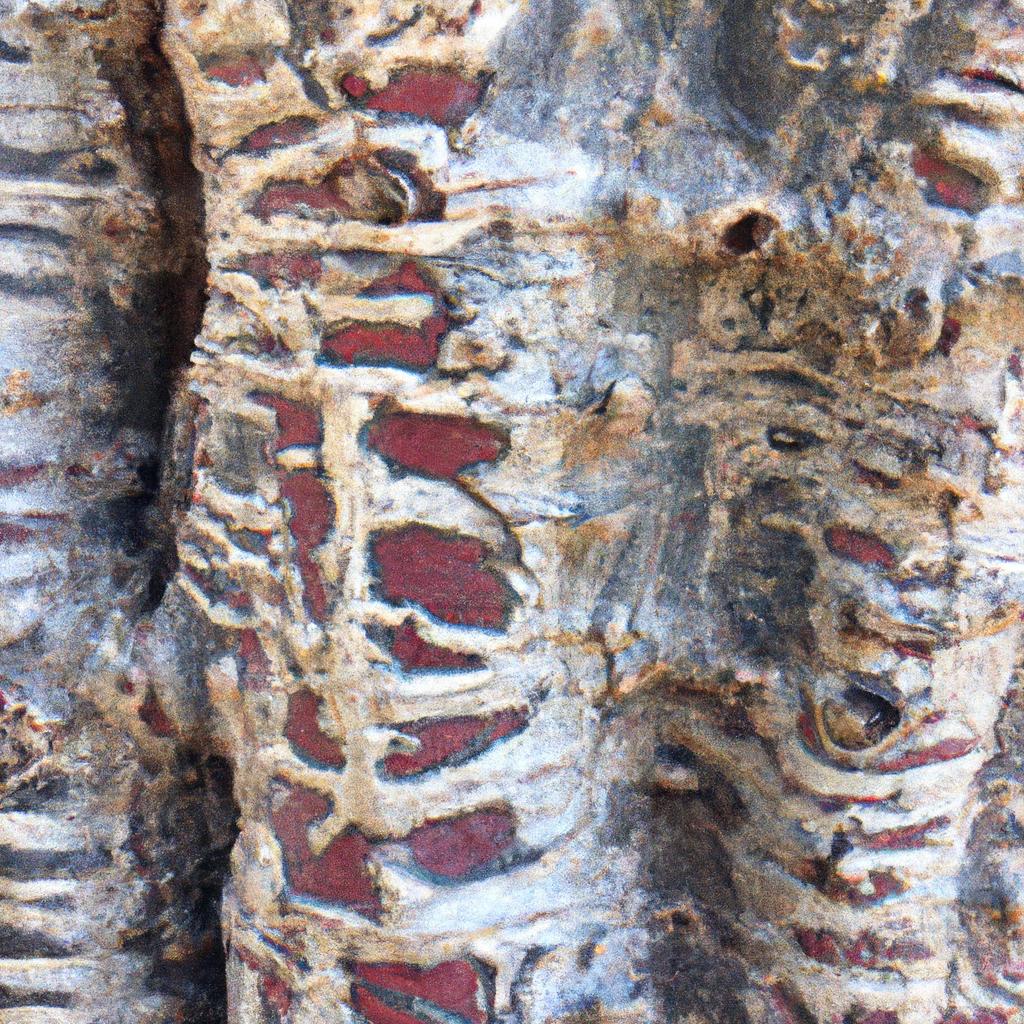
History of the Tree and Its Discovery
The Dragons Blood Tree has a rich history that can be traced back to the ancient world. It is believed to have originated from the Socotra Island in Yemen, a remote island nestled in the Arabian Sea. The Greeks were the first to discover this tree and named it Dracaena cinnabari, meaning “Dragon’s Blood.”
The resin of the tree was highly valued in ancient times for its medicinal properties and its captivating deep red color, which was also used as a dye.
Description of Its Natural Habitat and Location
The Dragons Blood Tree thrives in a harsh and arid environment. It can be found in the rocky and dry terrain of the Socotra Island, where it bravely withstands high temperatures and limited water resources. With its roots reaching depths of up to 30 meters, the tree can access water even in these challenging conditions.
Socotra Island is renowned for its exceptional flora and fauna, with the Dragons Blood Tree being one of its most distinctive species. Sadly, there are only approximately 6,000 Dragons Blood Trees left in the wild, making it a rare and endangered species.
Physical Characteristics of Dragons Blood Tree
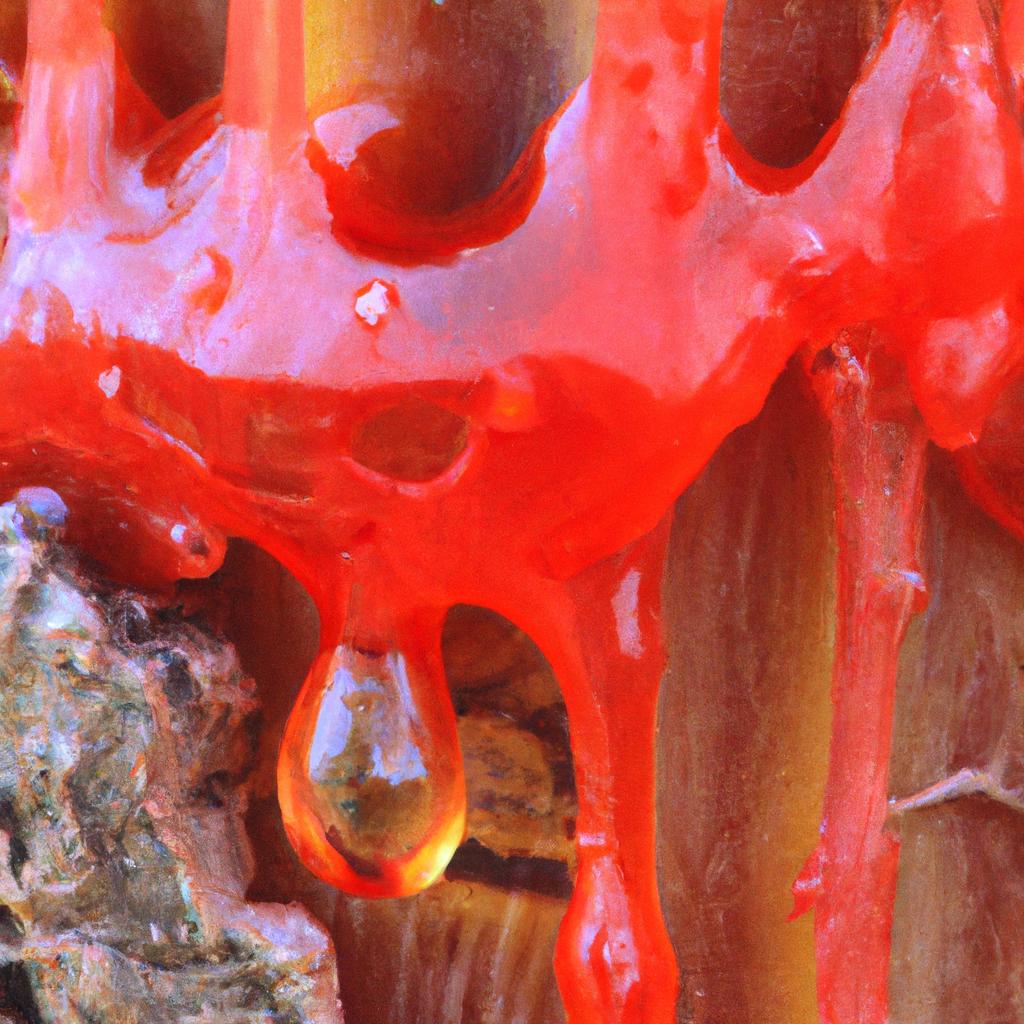
Appearance and Structure
The Dragons Blood Tree exhibits several unique physical characteristics. One of its most notable features is its umbrella-shaped crown, composed of branches that sprout from the top of the trunk. The crown can grow to an impressive diameter of up to 10 meters, making it a magnificent sight to behold.
Another remarkable physical characteristic of the Dragons Blood Tree is its thick and sturdy trunk. The trunk can reach a diameter of up to 3 meters and serves as a reservoir, enabling the tree to store significant amounts of water. This adaptation allows the tree to endure and thrive in harsh environmental conditions, including drought.
Interesting Facts
The Dragons Blood Tree has captivated people for centuries with its awe-inspiring physical characteristics. Here are some intriguing facts about this remarkable tree:
- The resin of the Dragons Blood Tree has a deep red color, resembling blood, which explains its name.
- The tree’s trunk is covered in a scaly bark, providing protection against the harsh environment.
- Even if the original crown is damaged or destroyed, the trunk of the Dragons Blood Tree has the ability to produce new branches.
- The tree’s leaves are small and needle-like, helping it conserve water.
Overall, the Dragons Blood Tree boasts captivating physical characteristics that contribute to its ability to survive in challenging conditions. Its unique qualities and cultural significance make it an invaluable part of our ecosystem.
The Cultural Significance of Dragons Blood Tree
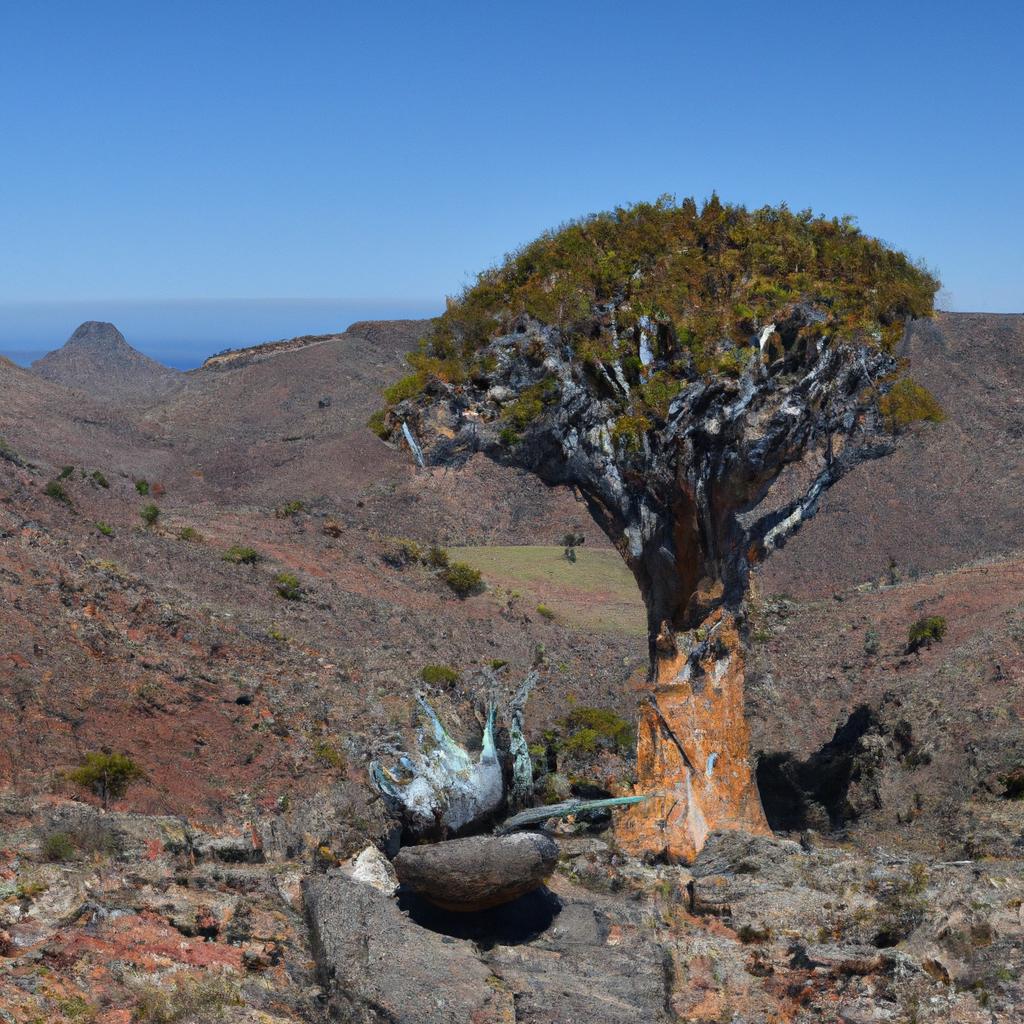
The Dragons Blood Tree holds great cultural significance in the regions where it grows. It plays a crucial role in traditional medicine and is incorporated into various cultural practices.
The Role of the Tree in Traditional Medicine
For centuries, the Dragons Blood Tree has been utilized in traditional medicine. Its resin, renowned for its medicinal properties, has been employed in treating a wide range of ailments. Traditional healers use it to address wounds, ulcers, and various skin conditions. Additionally, the resin is effective in treating respiratory issues such as asthma and bronchitis.
Its Use in Modern Medicine and Cosmetics
In contemporary times, the resin of the Dragons Blood Tree is sought-after in modern medicine and cosmetics. Its antibacterial and anti-inflammatory properties make it a valuable ingredient in numerous skincare products. The incorporation of this resin in cosmetics has contributed to the growth of the cosmetic industry in regions where the tree grows.
Furthermore, research has identified the resin’s antiviral and anticancer properties, leading to its use in the treatment of viral infections and cancer.
In conclusion, the Dragons Blood Tree holds immense cultural significance. Its resin has long been employed in both traditional and modern medicine, while its use in cosmetics has fueled the growth of the cosmetic industry. The next section will focus on the conservation efforts aimed at preserving the Dragons Blood Tree.
Conservation Efforts for Dragons Blood Tree
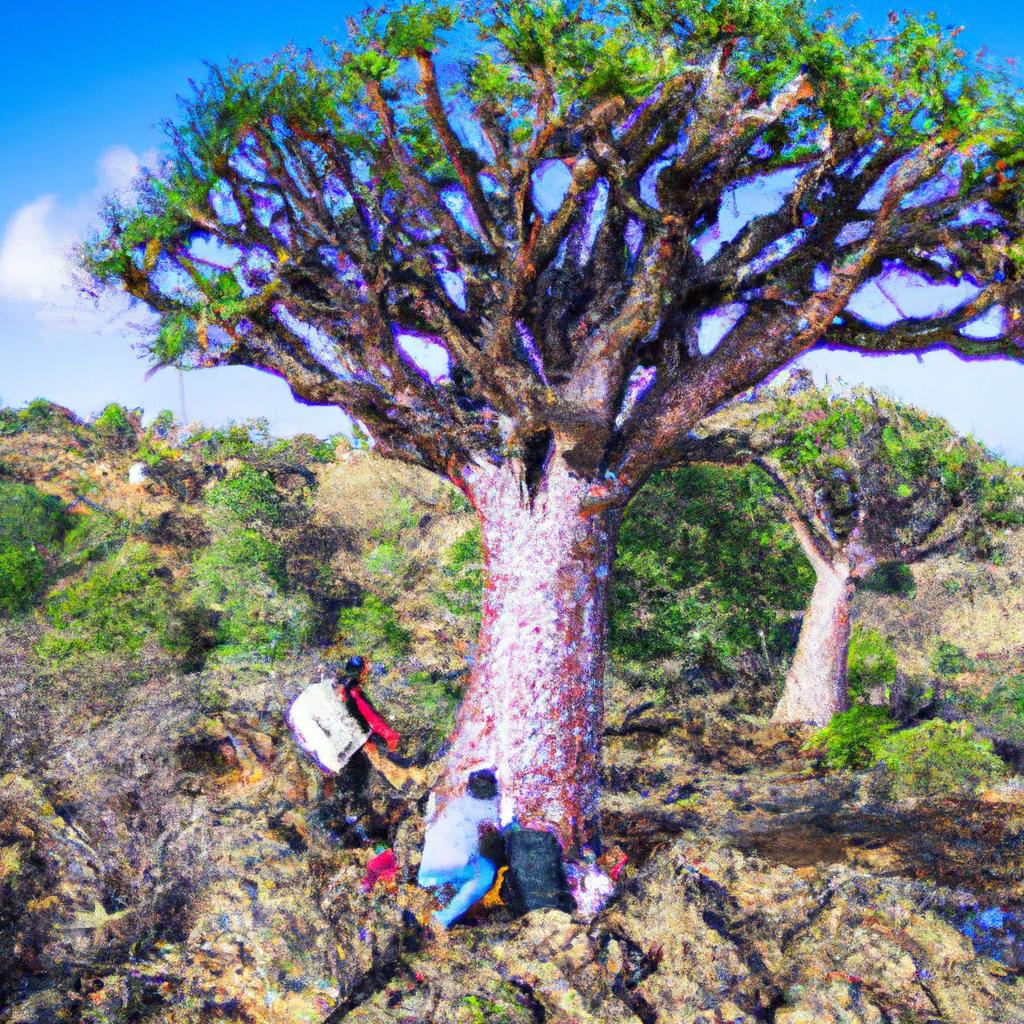
Threats Faced by the Tree and Its Declining Population
The Dragons Blood Tree faces numerous threats, which have resulted in a declining population. Habitat destruction caused by human activities such as logging, urbanization, and agricultural expansion poses one of the main threats. Additionally, the tree must contend with competition from invasive species for essential resources like water and nutrients. Climate change further exacerbates the situation as it disrupts the tree’s natural habitat and life cycle.
The Efforts Made to Conserve and Protect the Dragons Blood Tree
Several initiatives have been implemented to conserve and protect the Dragons Blood Tree and its habitat. These efforts encompass the establishment of protected areas and the implementation of comprehensive conservation programs. One notable program is the Socotra Conservation and Development Program (SCDP), which has proven successful in preserving not only the Dragons Blood Tree but also other endangered species on the island. The program educates local communities about the importance of conservation and advocates for sustainable practices such as ecotourism.
Moreover, cultivating the Dragons Blood Tree in botanical gardens and nurseries contributes to its conservation. This approach helps increase the population of the tree while providing a source of income for local communities. Furthermore, cultivating the tree enables the sustainable production of resin for medicinal and cosmetic purposes.
In conclusion, the Dragons Blood Tree faces numerous threats resulting in a declining population. However, concerted efforts are being made to conserve and protect this remarkable species. These efforts include the establishment of protected areas, comprehensive conservation programs, and cultivation in botanical gardens and nurseries. The survival of this unique species for future generations relies on these vital conservation endeavors.
Conclusion
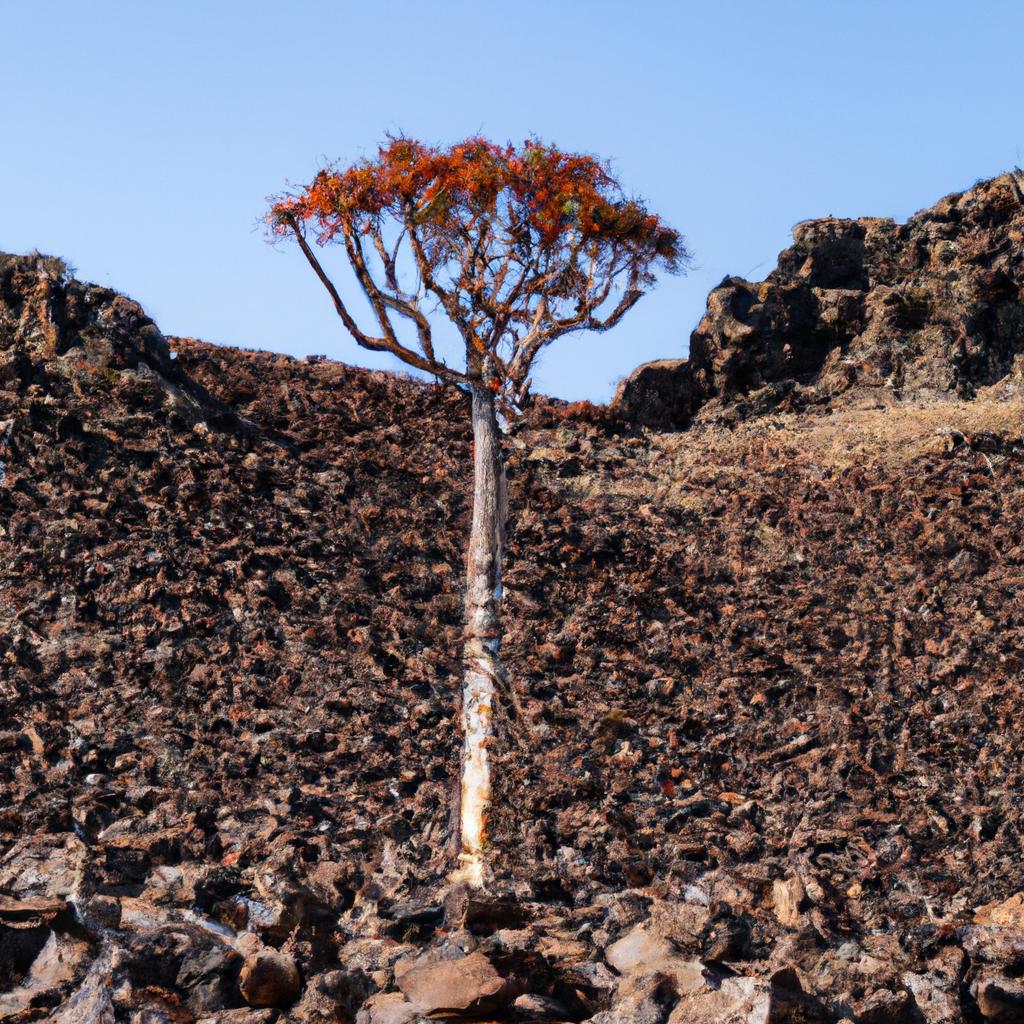
In conclusion, the Dragons Blood Tree embodies an essential part of our ecosystem and culture. This extraordinary species has thrived for thousands of years, playing a significant role in traditional medicine and cultural practices. Unfortunately, due to various threats, the Dragons Blood Tree’s population is dwindling, underscoring the urgency of preserving this species.
Conservation efforts have been implemented to safeguard the Dragons Blood Tree from habitat loss, deforestation, and climate change. These efforts are crucial in maintaining ecological balance and preserving biodiversity.
As nature enthusiasts, we must recognize the significance of preserving the Dragons Blood Tree. It is not merely a plant, but a vital component of our ecosystem. By protecting this tree, we secure its survival for future generations.
At TooLacks, we remain committed to sharing information about nature, gardening, and animals, including exceptional species such as the Dragons Blood Tree. Through raising awareness and promoting conservation efforts, we strive to contribute to the preservation of this unique and extraordinary species.
References:
- The IUCN Red List of Threatened Species. (n.d.). Dracaena cinnabari. Retrieved from https://www.iucnredlist.org/species/30315/9439662
- Razi, M. F. (2017). Medicinal uses of the Dragon’s Blood Tree: Dracaena cinnabari Balf. f. (Asparagaceae). Journal of ethnopharmacology, 202, 247-256. doi: 10.1016/j.jep.2017.02.035
